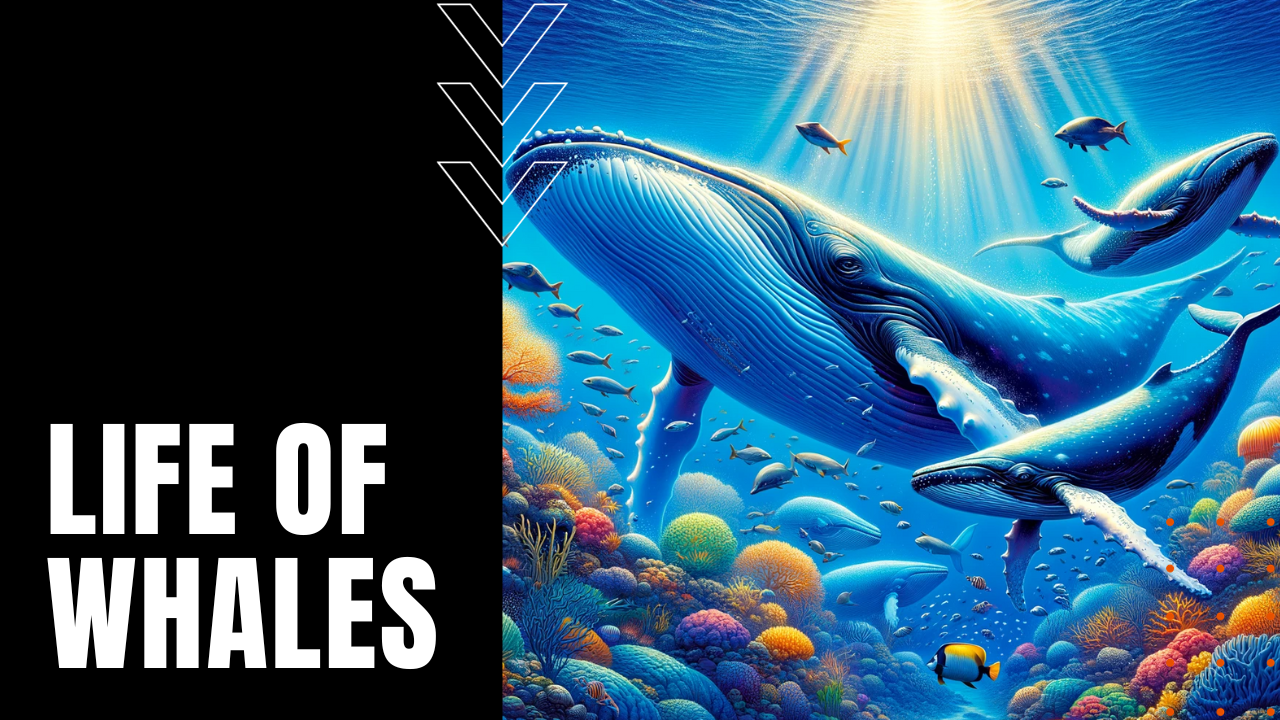The Life of Whales

Comprising a wide-ranging group of fully aquatic placental marine mammals and members of an infraorder cetacean group of some 90 species, including dolphins and porpoises, whales evolved from land mammals some 54 million years ago, from non-cetacean land relatives such as the hippopotamus. Ranging in size from 8.5 feet and 298 pounds to the 98 foot, 210 ton blue whale—the largest known animal that has ever lived on Earth—whales are open-ocean giants that can feed, mate, give birth and raise their young at sea.
Extension Migrations
While males mate with multiple females a year, females, by contrast, mate once every two to three years, since their gestation period can range from 11 to 18 months, typically calving in the spring or summer in warm waters, before raising their young for up to two years. Known for their extensive migration patterns throughout world oceans, the two parvorders of whales include Mysticeti baleen or toothless whales and Odontoceti or toothed whales, of which the sperm whale is the largest toothed predator on Earth.
Big Eats Small
Mysticeti whales have filter-feeding baleen—much like the keratin protein features of human hair and nails—and of the 14 known species of baleen whales, all of them feed on plankton or krill, aided by throat pleats that enable them to expand their mouths to ingest enormous quantities of water. Toothed whales, by contrast, have conical teeth adapted for snaring fish or squid, many possessing echo-locution abilities that allow even blind whales to find their prey. Many cetacean species employ highly developed methods of communication, including complex and frequently quite lengthy songs.
Hunted to Near Extinction
Hunted to near extinction in the 19th and 20th centuries—when whale oil was a primary source of lamp fuel, while ambergris was an important ingredient in perfume—protections introduced by the International Whaling Commission in the 1960s, followed by a whaling moratorium on commercial whaling in 1986, have allowed many species to repopulate world oceans to less threatening levels of extinction. Today, commercial whaling persists in Japan and several Scandinavian countries—where whale meat is considered a delicacy—while other manmade hazards continue to threaten their lives, including bycatch, ship collisions and ocean noise pollution, making the lives of whales, some of the most enchanting creatures on earth.
